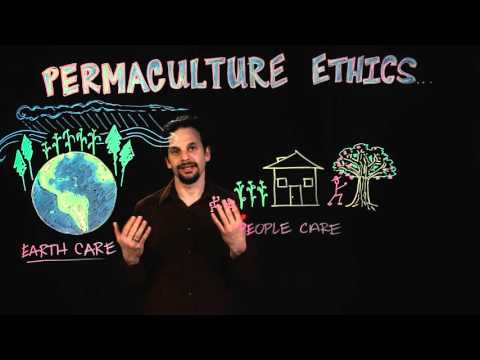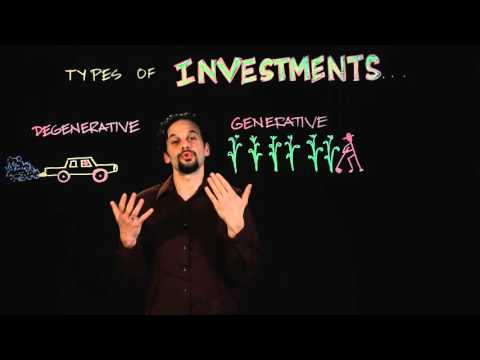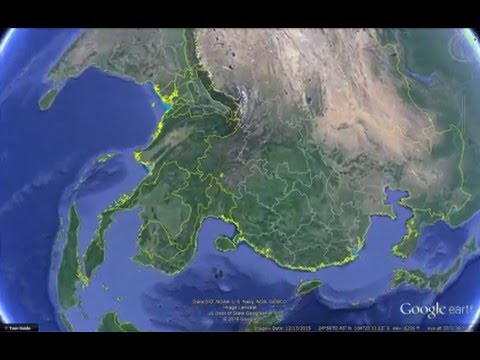1.5: Permaculture Ethics Investments and Directives
- Page ID
- 14294
Permaculture Ethics
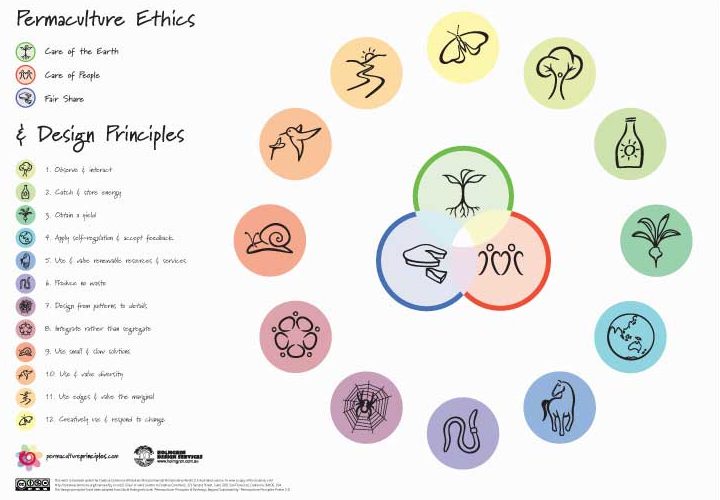
Permaculture ethics are the core of the design system. You can use the tools and processes of Permaculture, but if you’re not using the ethics, then it’s not Permaculture. In this video, we explain the three ethics: Earth Care, People Care, and Reinvestment of Surplus back into the first two ethics (Fair Share).
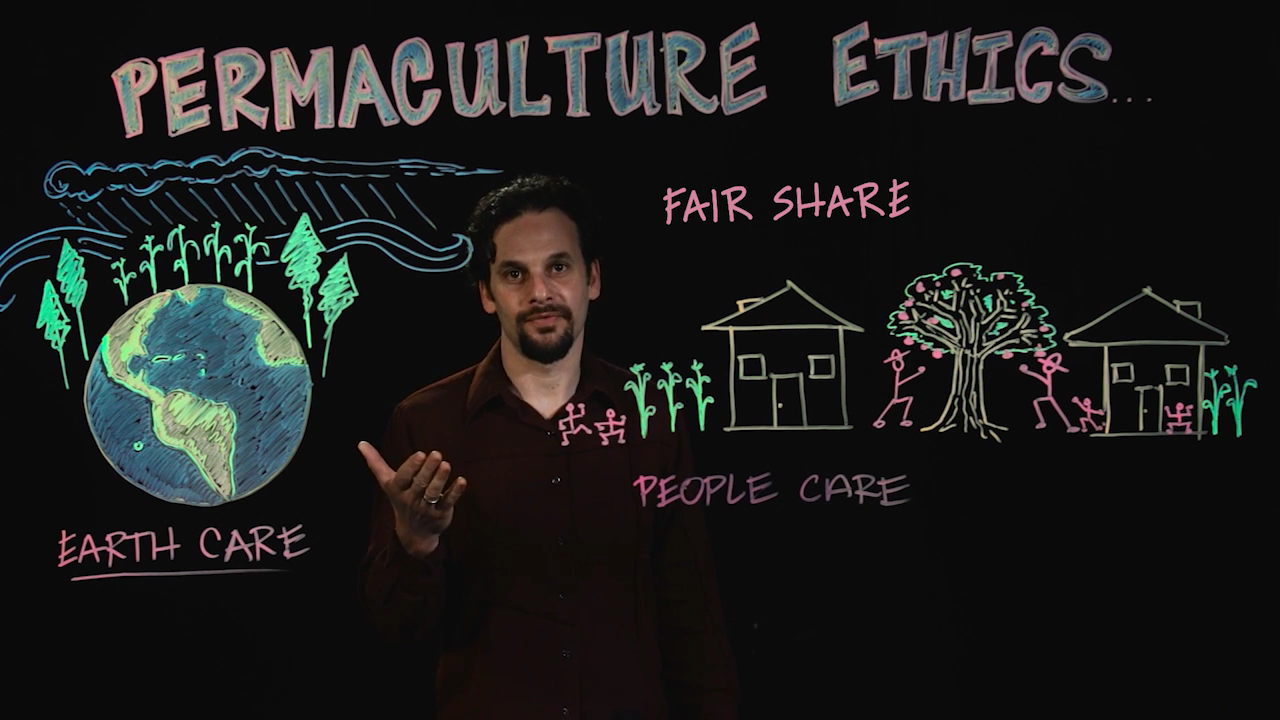
- Intro to Permaculture: Permaculture Ethics – Video Transcript
- Introdução a Permacultura: Éticas na Permacultura – Tradução Português
There have been different versions of the third ethic put out throughout the years, and most people like “Fair Share”, perhaps because it has a nice ring to it. But “Reinvestment of surplus back into Earth Care and People Care” is a bit more explicit. A respected Permaculture teacher and author, Starhawk, says “Future Care” is the third ethic. There are also those who add a fourth ethic, called the “Transition Ethic“. The transition ethic recognizes that we have a long way to go, and it may be necessary to use unsustainable practices or technologies along the way, like, for example, fossil fuel driven Earth moving equipment. Transitioning to a sustainable future has many steps along the way.
Additional Resources
Permaculture Investments
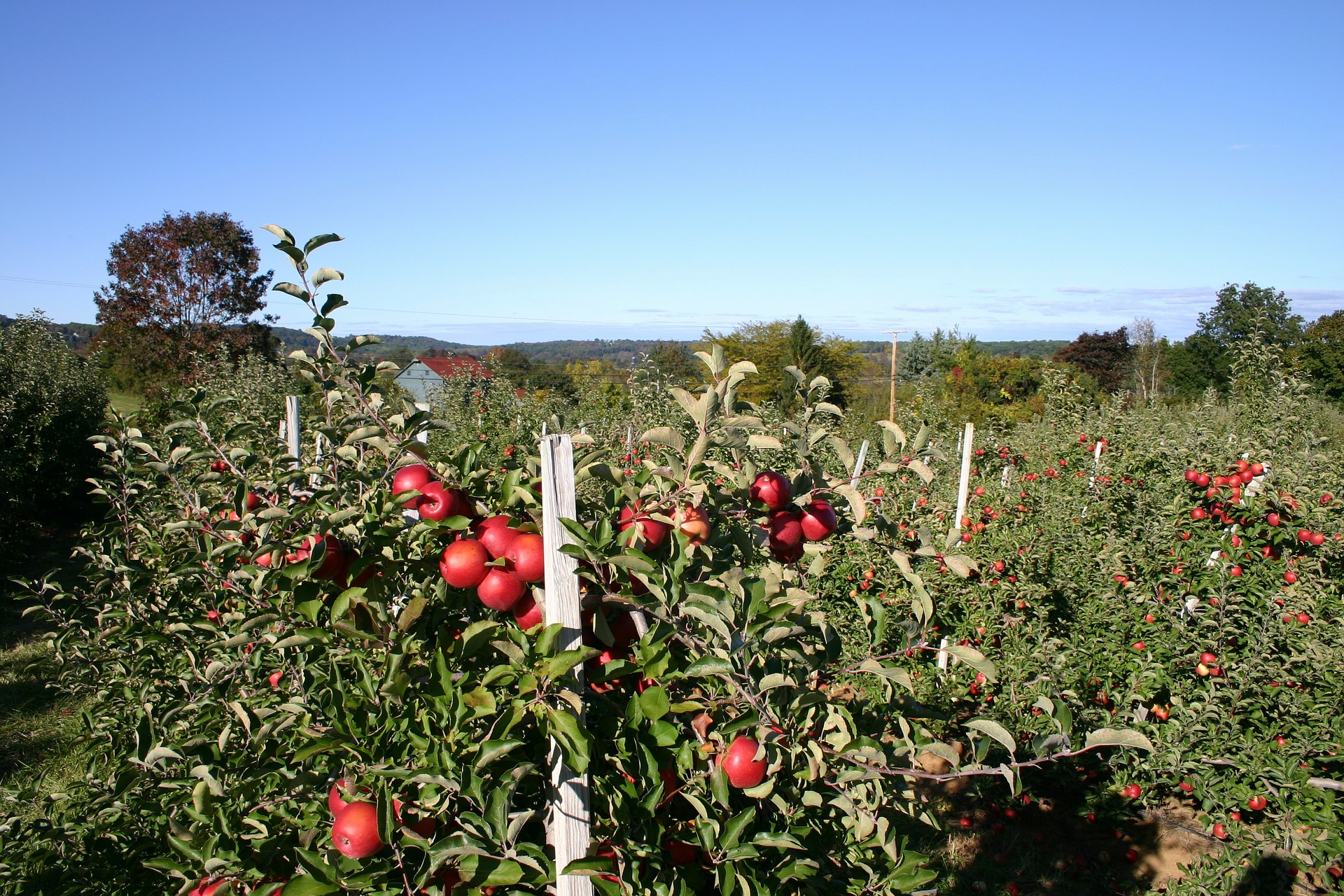
This video explores three different types of investments: degenerative, generative, and regenerative. We are not just talking about financial investments. We’re referring to investing time, energy, and resources.

- Intro to Permaculture: Regenerative Investments – Video Transcript
- Introdução a Permacultura: Investimentos Regenerativos – Tradução Português
In Permaculture we are striving to maximize regenerative investments; those that improve over time. There are many forms of capital we speak of when talking about investments. Ethan Roland and Gregory Landua of Terra Genesis International have articulated the Eight Forms of Capital, as another perspective on investments and yields, and financial capital is only one of them!
Permaculture Directives
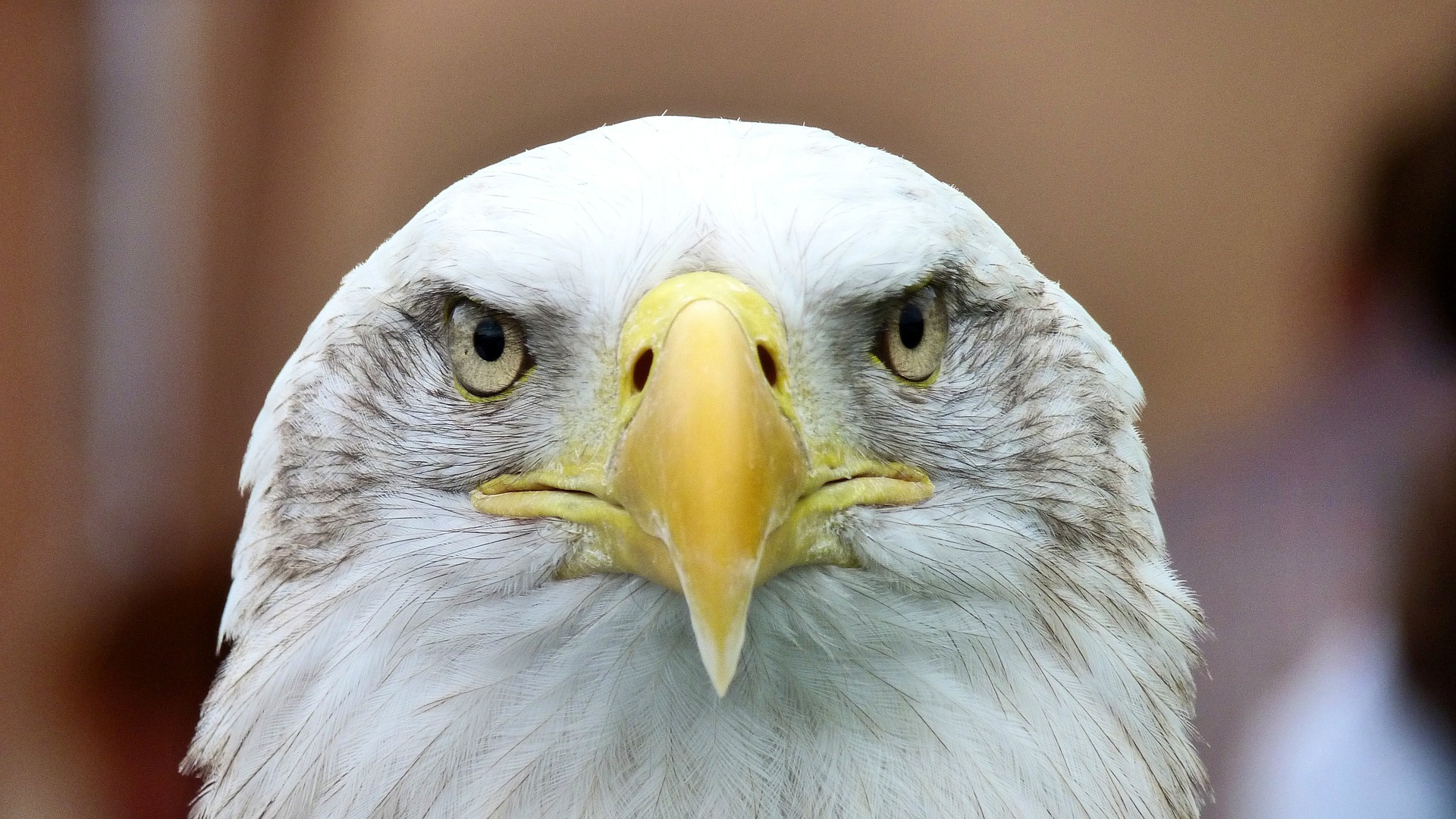
The Permaculture directives are some of the major themes that we are working with in a Permaculture design. Design with Nature, Design for Culture, Pattern Literacy, and Indigenous Wisdom are all topics we explore in this short video.
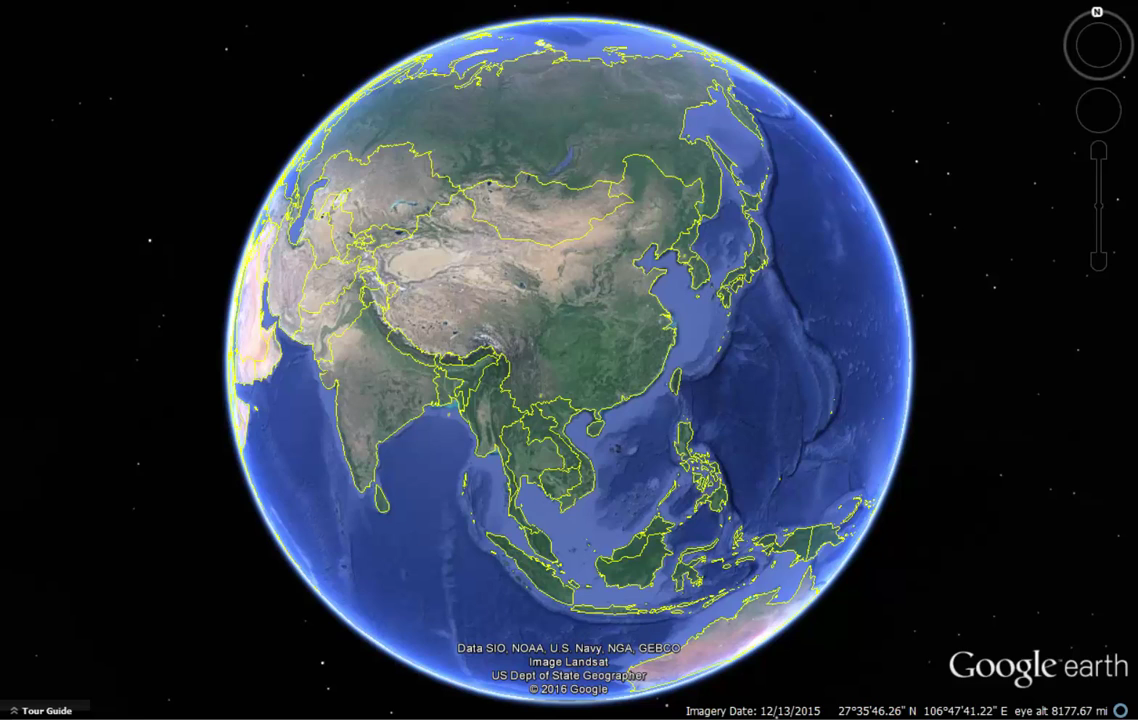
- Intro to Permaculture: Permaculture Directives – Video Transcript
- Introdução a Permacultura: Diretivas da Permacultura – Tradução Português
Permaculture design is based on working with nature, and understanding how nature functions. This is the study of ecology, and is a crucial piece to informing your Permaculture work. Learning how indigenous people lived in a place falls under the study of anthropology and ethnobotany. The ways native people historically lived in an area before and during the industrial age provide clues about what a sustainable relationship with the land looks like. Anywhere that people have a sustainable relationship with the Earth in their use of resources is an example to learn from.
Additional Resources
Image Sources
https://permacultureprinciples.com/downloads/Pc_Principles_Poster_EN.pdf
pixabay.com/en/apple-orchard-apple-blossom-75113/
pixabay.com/en/white-tailed-eagle-adler-bald-eagle-416795/



